Third consecutive and last post on little gadgets – honest! – before I return to this blog’s regular programming, which is… er, heck there’s no regular programming on this blog. We write about anything that pops into our heads!
I’ve been quite interested in mobile 4G routers. Basically, these are devices that work with a mobile data SIM card to broadcast a small WIFI network to surrounding devices. It’s a novel concept that’s been around for years now. Its actual utility in today’s world though is a lot less now – on account that many mobile non-phone devices also include the ability to receive mobile network signals, and smartphones themselves can also broadcast their own WIFI networks now too.
So why would a 4G mobile router be a valid device today still? Well, my use case for it was quite specific.
Be able to put up a WIFI network that can connect at least 5 devices. We were gonna be carrying two smartphones, two tablets and one laptop to Melbourne. But most mobile phones can support at least that many.
Run for at least 12 hours – so a substantial battery is important. I haven’t stress-tested mobile phones running hotspots for extended periods yet, and Internet forums don’t seem to agree on how quickly (if at all) mobile phones will drain their batteries while doing that. At least some sites do point out that the battery drain for a phone to take a relatively high-speed 4G signal and then converting it to a WIFI hotspot posed a significant drain on battery life.
Will not overheat too much, as it will likely be stuffed inside a bag. Not a scientific experiment of course, but the couple of times I’ve tried producing phone hotspots have all resulted in the phones warming up considerably.
I reckon that’s where a dedicated mobile 4G router is useful then. Quite a few networking equipment manufacturers make these little gadgets, with the industry leader looking like it’s Huawei, the Chinese telecommunications giant. Their highest spec devices – those that support 4G networks and also have neat additional features – are pretty expensive though and easily costing several hundred moola, and their lower end devices won’t run for as long as I need them to.
Scouting around, I found that Aztech – again a Singapore-founded company (hooray – go local!) – does have one such model that is reasonably highly-spec, and costing much less than Huawei’s equivalent. Unlike say Valore products, I’ve had a lot of luck with Aztech devices – I’ve used their Powerline Internet devices for almost 10 years now and they have worked very well on the overall. The headline features for the Aztech MWR647 4G Mi-Fi sounds like this:
Very large 5200mAh battery that can also double up as a Powerbank. Many mobile routers do not have this feature, and their batteries are routinely half that capacity even.
Support for 4G and connections for 10 mobile devices simultaneously.
Up to 300 Mbps wireless speeds. That’s a pretty good performance specification. No, you’re unlikely to even get that kind of speed off a 4G connection, but the 300 Mbps wireless speed makes a lot more sense when one considers it in relation to the next feature:
Ethernet Port feature. In case my overworked home router ever fails.:) And also in the rare event we are ever again staying in a hotel room where it’s LAN cable only (the last hotel I stayed in which had that in-room and not WIFI was in Shanghai 4 whopping years ago).
Full suite of network administration tools. For those of us paranoid about securing and monitoring our WIFI networks, this is the one big difference between a mobile phone hotspot and a mobile router. The former simply does not offer such.
So, one device later and coming along for our trip to Melbourne. It took about 30 minutes to properly set up the entire thing, including locking down the SSID and password, further hiding them, enabling access filter by MAC address and then registering all five of our Melbourne-bound mobile devices on it.
Since the real test of its use will be when we’re on the trip itself, just some brief initial comments first then.
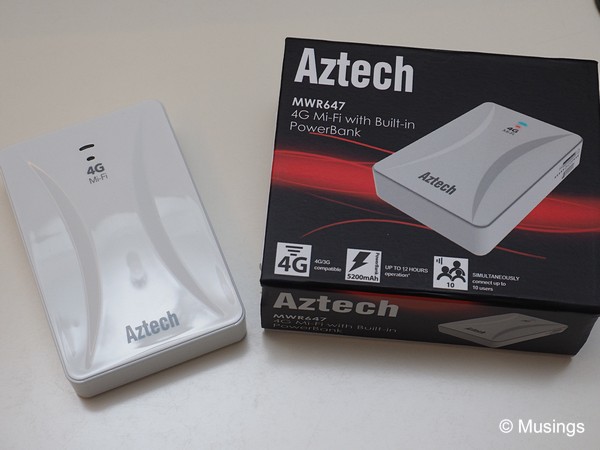
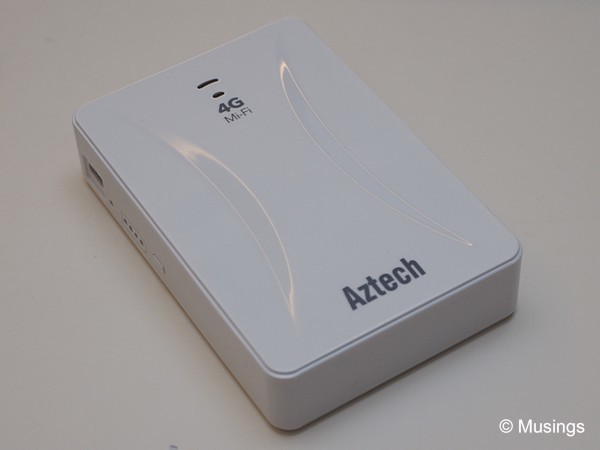
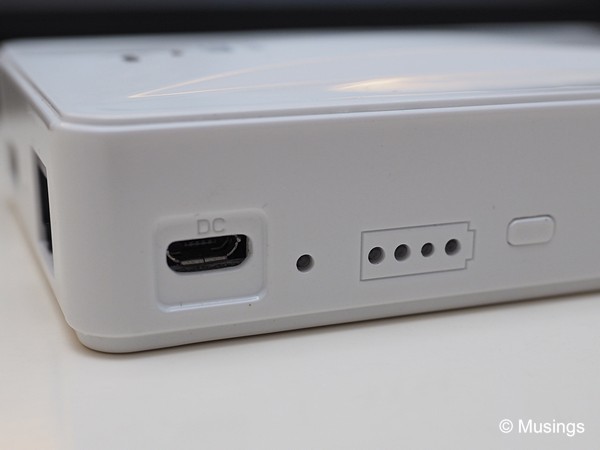
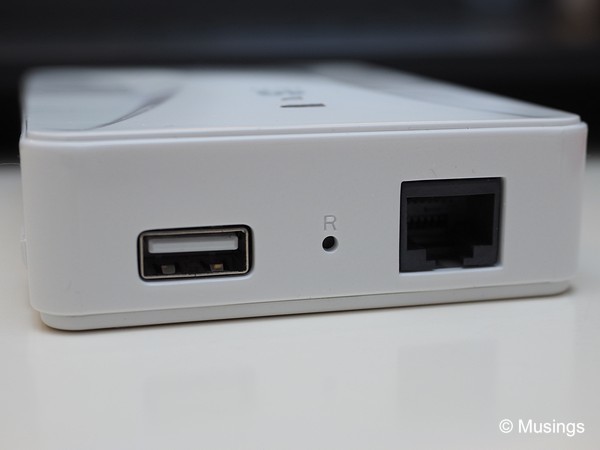
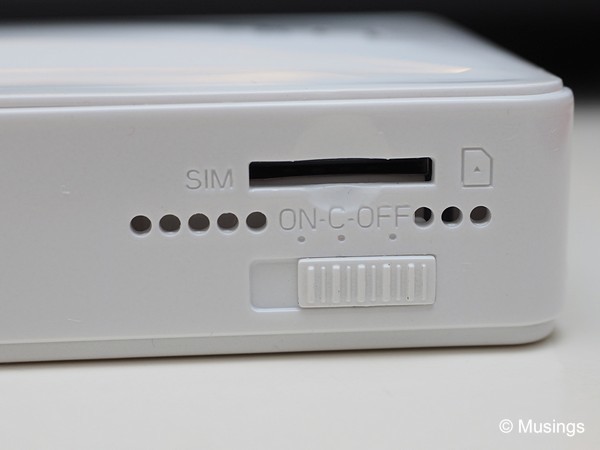
More comments to come soon enough.:)
Recent comments